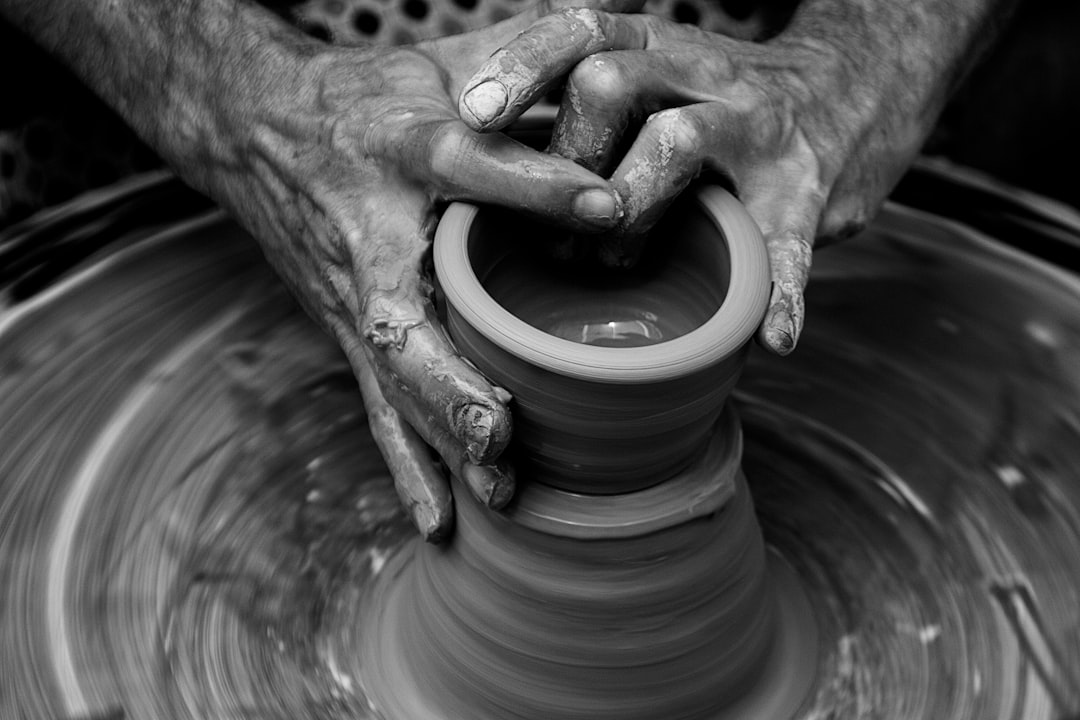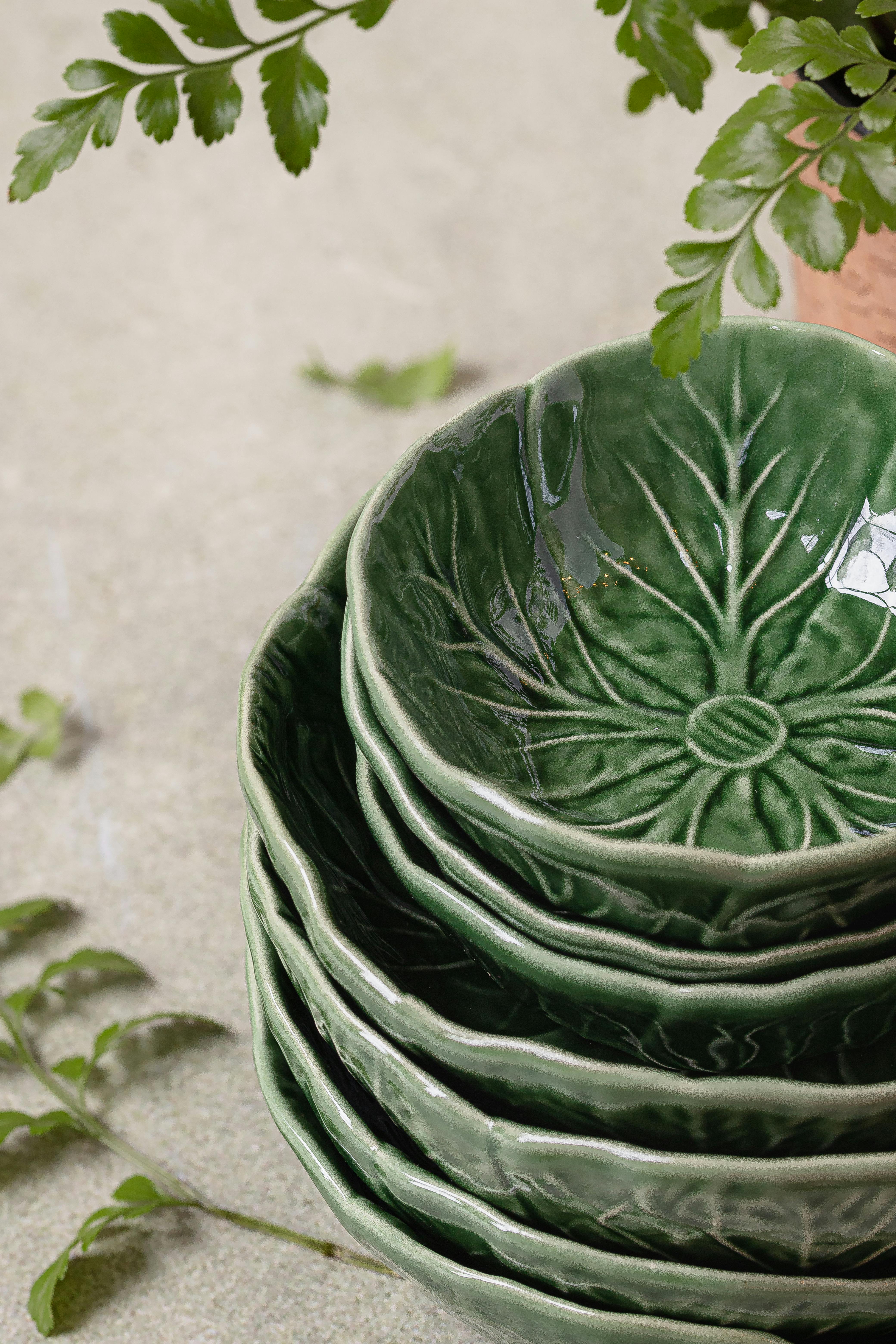
Greenware ceramics, a term referring to unfired pottery or clay pieces, represent a crucial stage in the ceramic production process. At this stage, the clay is shaped and dried, yet remains fragile and susceptible to damage. Understanding the properties and care required for greenware can be essential for both hobbyists and professionals in their quest to create beautiful, enduring ceramic art. This transitory phase involves intricate handling and thoughtful craftsmanship, effectively setting the foundation for the ensuing stages of bisqueware and glaze firing.

| Stage | Description | Considerations |
|---|---|---|
| Greenware | Shaped and dried clay that is unfired. | Very fragile; handle with care to avoid damage. |
| Bisqueware | First-firing stage where the clay becomes ceramic. | Less fragile; porous surface ideal for glazing. |
| Glaze Firing | Final firing where glaze melts to form a glass-like surface. | Temperature-controlled environment needed for optimal results. |
Understanding the Delicate Nature of Greenware
Greenware is essentially the clay canvas on which artists build their ceramic dreams. It’s the skeletal stage of pottery, where every touch can make or break a creation. As it lacks the reinforced structure of fired clay, even a slight mishap can lead to irreversible damage. This stage demands patience and finesse—qualities that every ceramic artist must cultivate.

The drying process in greenware is where the magic—and the risk—truly intensifies. It’s not just about leaving a piece out to dry; it’s about controlling drying times and environments to avoid pitfalls like cracking or warping. Imagine spending hours shaping a perfect vase only to find it marred by an unsightly crack due to uneven drying. Avoiding direct sunlight and ensuring even exposure across the greenware can help prevent such tragedies, maintaining the integrity of your design.
Strategizing Your Greenware Projects
Handling and working with greenware requires not just skill but strategy. Here are a few tips to keep your creations safe:
- Always ensure your working area is clean and free of debris that could embed into your clay.
- Use a damp sponge to support fragile areas when attaching handles or intricate details.
- Plan the sequence of your work to minimize touch and movement once pieces begin to dry.

While working with greenware might feel akin to navigating a tightrope, these foundational strategies can ease the process, helping you produce more consistent, beautiful results. For further insights, you can explore the Greenware Program which offers valuable resources on sustainable practices.
The Path to Successful Bisqueware
Transitioning from greenware to bisqueware is an exhilarating milestone for many potters. In the kiln, the fragile state of greenware becomes robust bisqueware. This transformation not only fortifies the clay but also establishes a porous surface ideal for glazing. Proper monitoring of kiln temperatures and ramp times is crucial to prevent thermal shock, which can undo all prior efforts in a blink.

The firing process transforms the clay in stages, each essential for the right porosity and strength. It might be tempting to speed up firings to see results faster, but patience is your greatest ally here. Slow, steady temperature increases allow for even heat distribution, ensuring your pieces emerge pristine from the kiln. For more comprehensive guides on working with greenware and to obtain necessary forms, visit the Greenware Form page.
As you wrap up your greenware pursuits and step into the world of bisqueware, what challenges do you anticipate facing? How do you plan to overcome them to ensure your artistry stands the test of fire and time? Share your strategies or stories in the comments, and let’s embark on this journey together! Explore more of our recent articles for additional insights.
Further Exploration: Understanding Ceramic Stages
To deepen your knowledge of greenware ceramics and their role in the ceramic production process, watch Kira Eadington’s informative video titled “Greenware, Bisqueware, Glazeware: What’s the Difference?” This video demonstrates the differences between the three types of greenware—plastic, leatherhard, and bone dry—as well as bisqueware and glazeware.
As we’ve explored, greenware ceramics are a fundamental part of the pottery journey. This unfired stage not only allows artists to shape their creations but also serves as a canvas for refining techniques and perfecting designs. Embracing the delicate nature of greenware can lead to greater mastery in the final firing stages, ultimately bringing your ceramic visions to life.
Join Our Creative Community
If you enjoyed diving into the world of greenware ceramics, be sure to follow us on Instagram for more tips, inspiration, and behind-the-scenes looks at our creative process. Let’s continue this artistic journey together and stay inspired!
